Ways of finding north. The position of the sun. The angle of solar panels. The prevailing wind – either live or frozen in the bent and twisted shape of trees. The orientation of places of worship. The current of rivers. The flow of infrastructure. The weather vane on a steeple. The North Star and Southern Cross.
The human operating system comes equipped with means of finding north. Without an inbuilt ferrous device, the system combines sensual data with geographic, scientific and social knowledge to determine direction.
These means of finding north require us to be engaged with our surroundings. We have to notice the signs. We have to pay attention to how our direction has changed from our last reference point. We may need to do some preparatory work – for example to look at a map to look out for major features of the landscape from which we can take bearings. We may have seen a weather forecast telling us where the wind would be coming from.
All of these ancillary processes connect us to where we are. They place us in the real world. The science of embodied cognition shows that we have evolved to understand the world by moving through it and noticing how it changes. When we get our bearings from a blue dot on a screen, we lose this layer of understanding. Psychically, it feels to me that we are travelling without moving. A kind of cognitive sea sickness. Anywhere rather than somewhere.
The ability to find north is one of a group of analogue skills that enables human to navigate without resort to digital means. I have seen so many people once perfectly capable of navigating by their analogue skills become totally dependent on GPS. For me this is a sign of how disempowering this technology of convenience can be. From aid to crutch.
The invitation to use the human operating system to find your direction comes from a place of abundance. How much richer can your journey become when you are more fully engaged with your position at anytime. Being somewhere rather than anywhere.
Read more about Analogue Skills

I’ve written this post as part of the Analogue Skills project, my attempt to gather ‘less-digital’ ways of doing things, and putting them in a safe place, in case we need to use them again in future.
- Women and men’s Tour de France

- Too many emails – the Eiffel Over guide
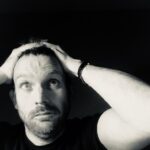
- Storm’s coming: go to the cinema
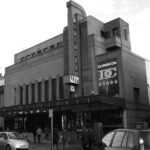
- Updates from a regenerative system

- Analogue Skills for Design at the University of Bath

- What happened when I tried to use an old iPod
- Analogue Challenge 001: look for the time
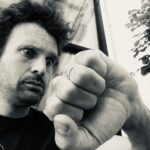
- Analogue Skill 009: Sketch what you see

- Analogue Skill 008: Be happy not knowing
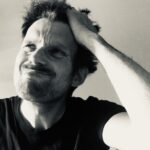
- Analogue Skill 007: Print out photos of your friends

- Analogue Skill 006: Sing songs with other people
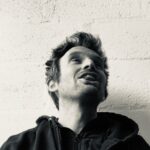
- Analogue Skill 005: Finding North



Leave a Reply